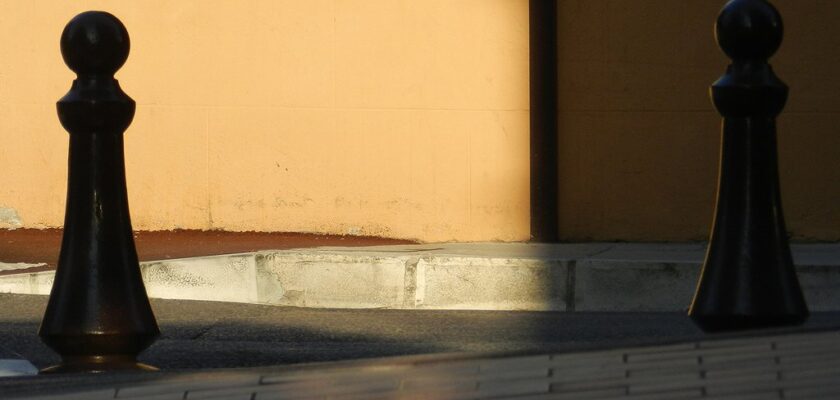Monaco-Ville neighborhood
Monaco-Ville is one of the districts of the Principality of Monaco, a port, a resort on the high, rocky Ligurian coast of the Mediterranean Sea. Population of about 4,000 people. Monaco-Ville, picturesquely located on a flat area of high (60 m) rock (Rocher), covered with cacti and African vegetation, generally preserved the medieval appearance. The historical center of Monaco is the princely palace complex (13th-19th centuries).
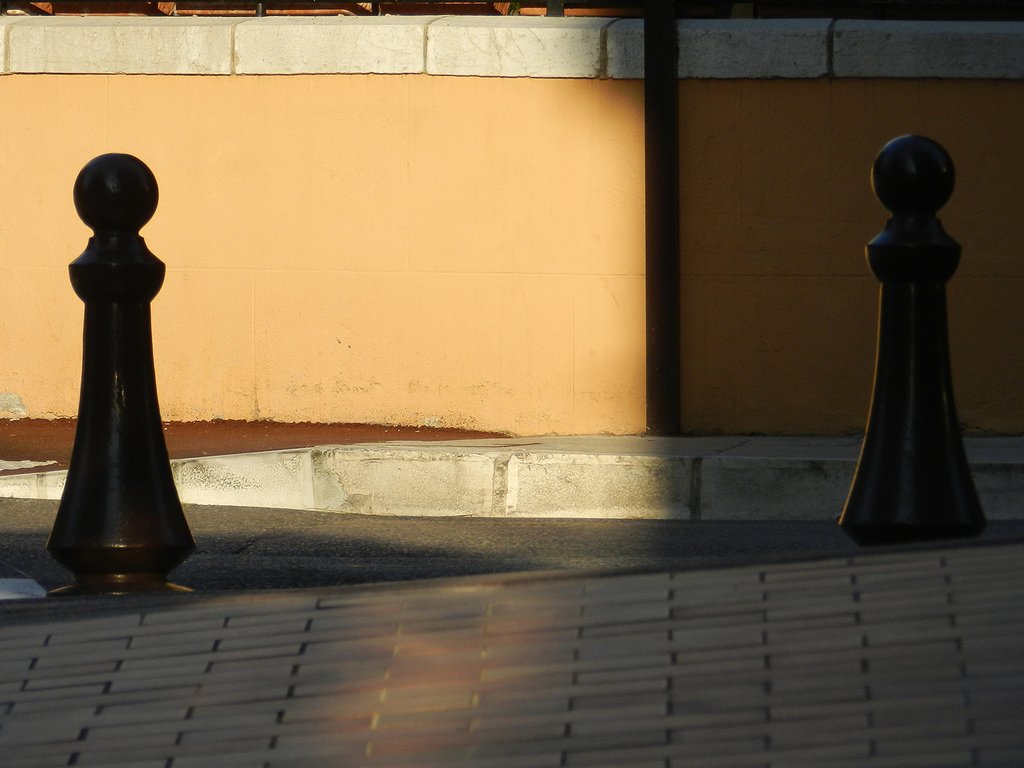
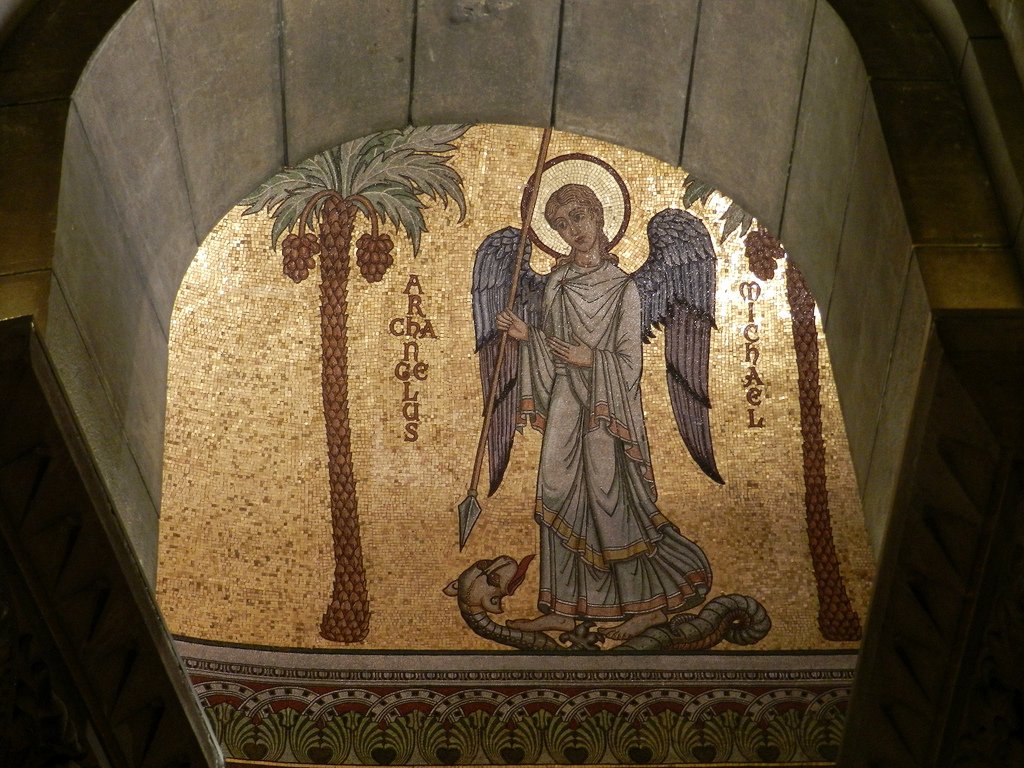
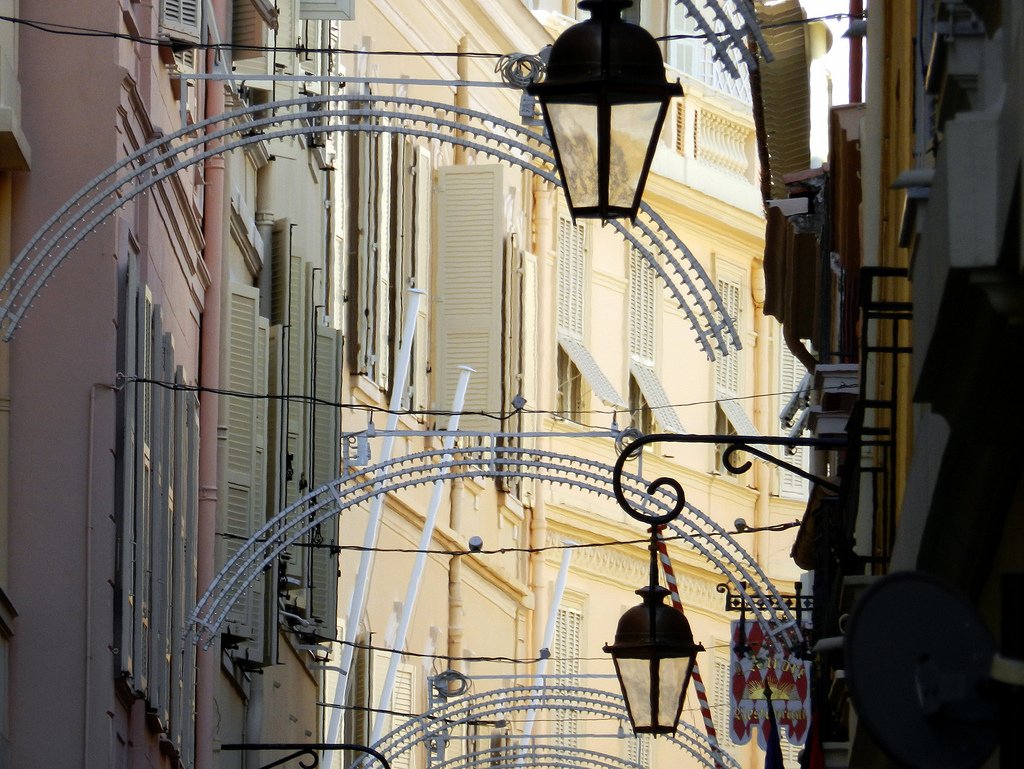
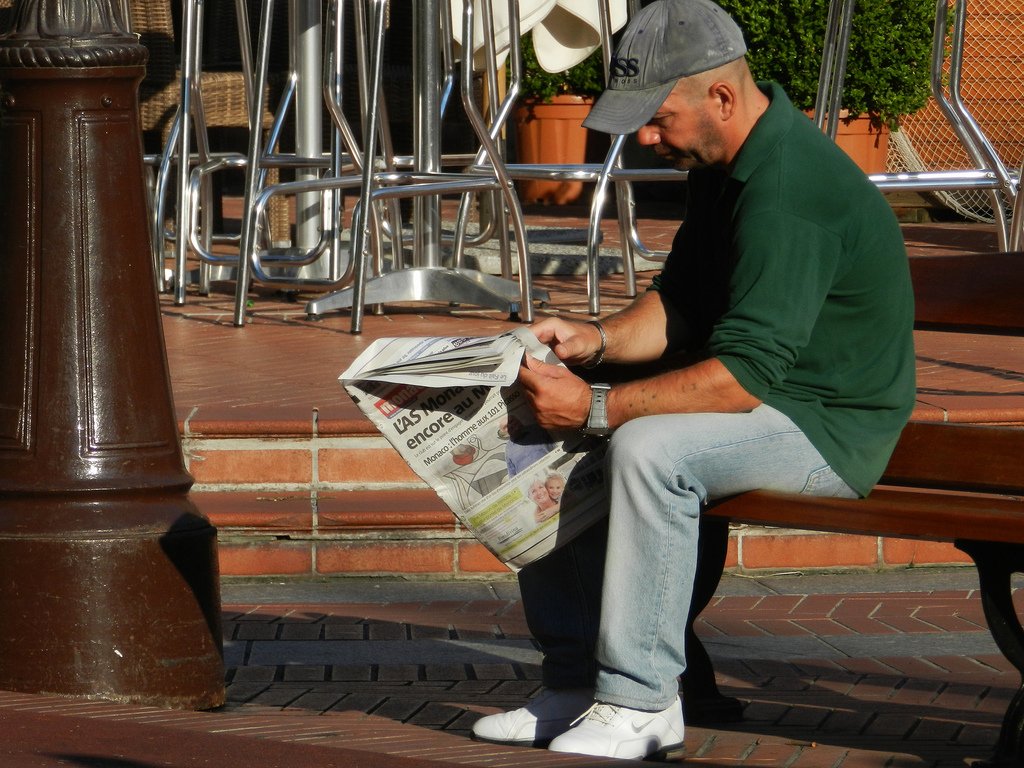
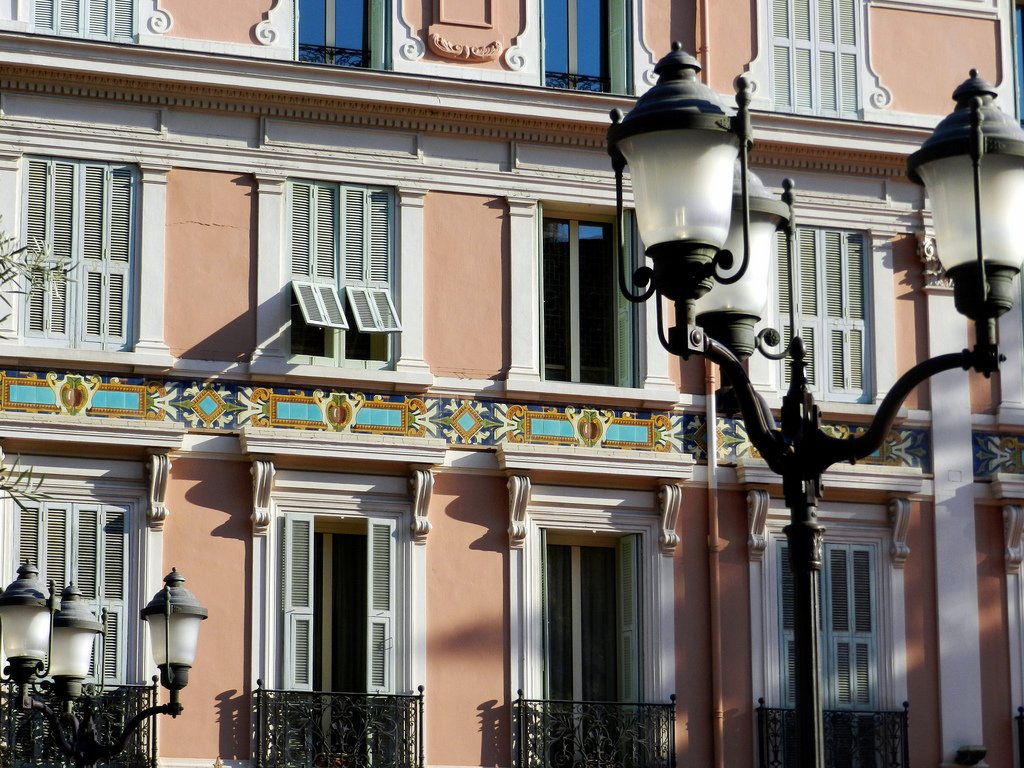
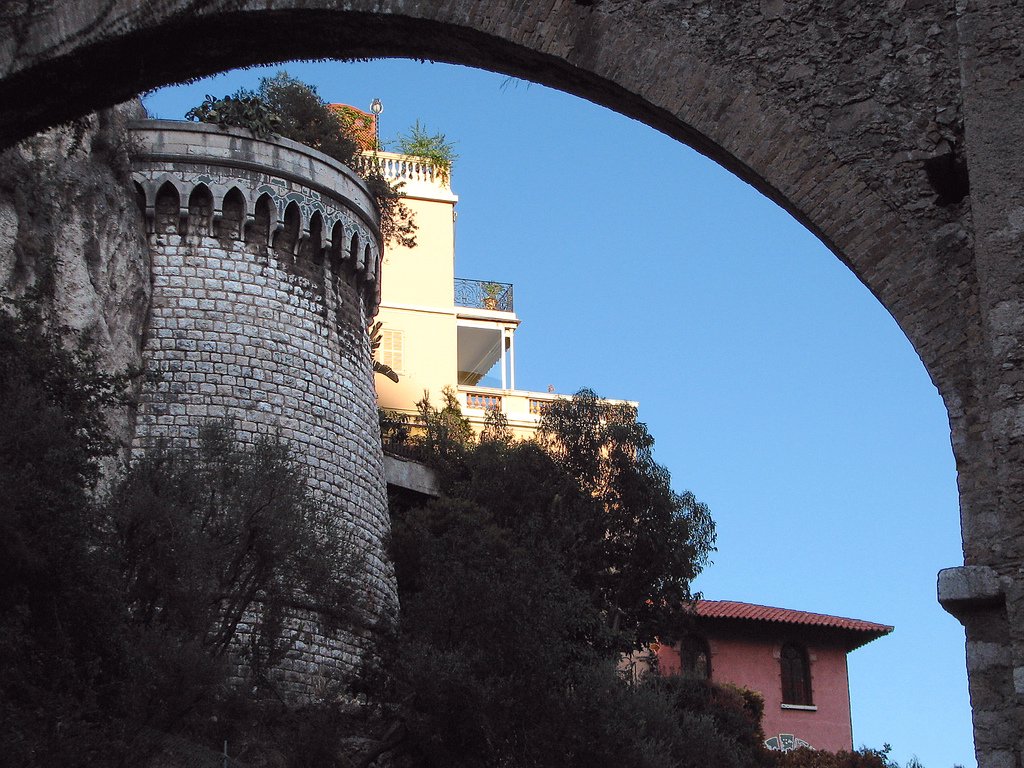
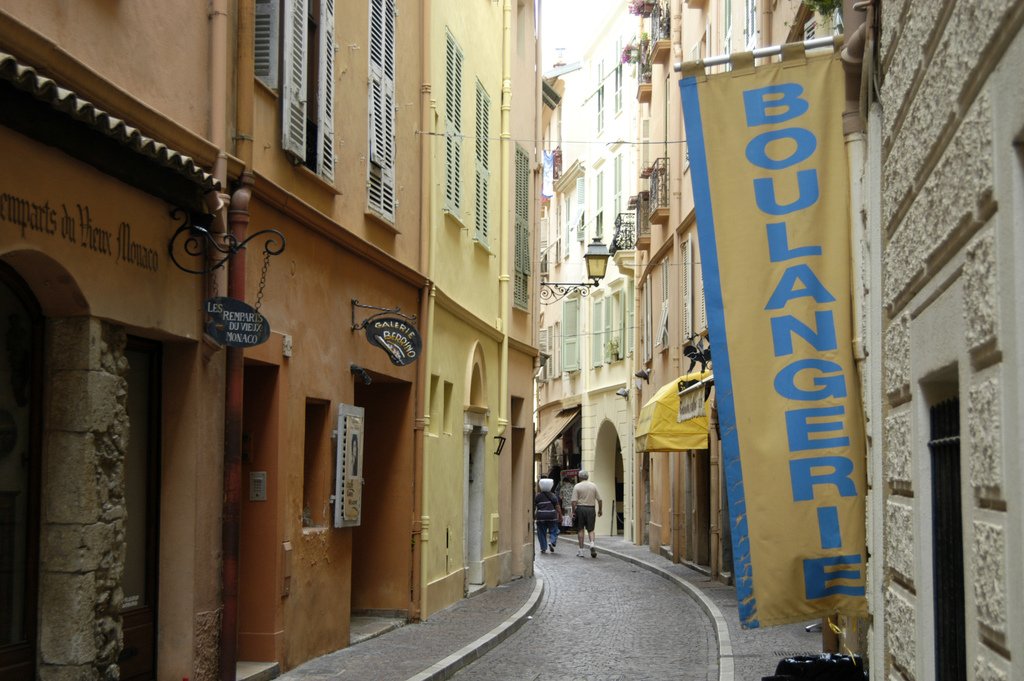
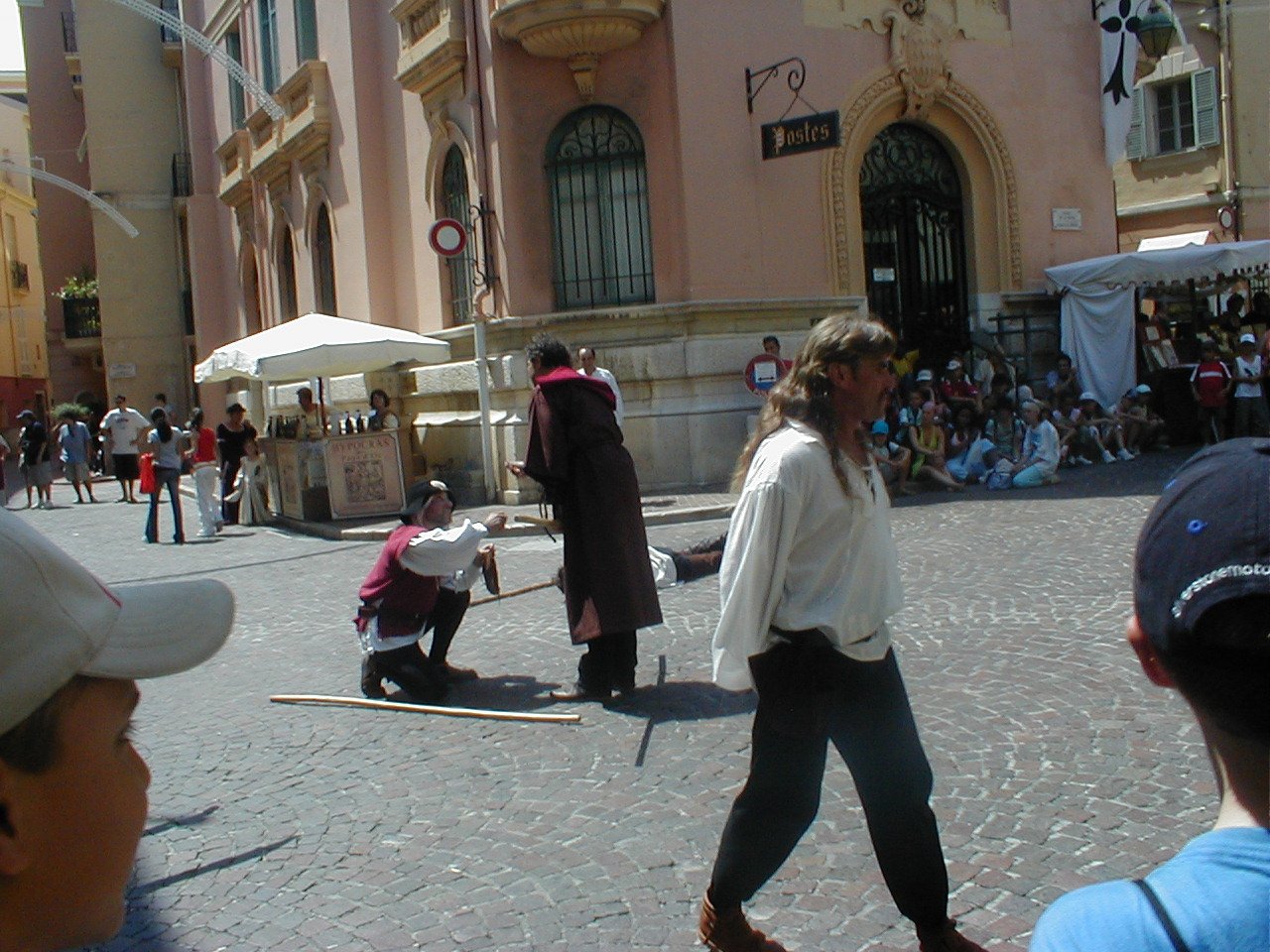
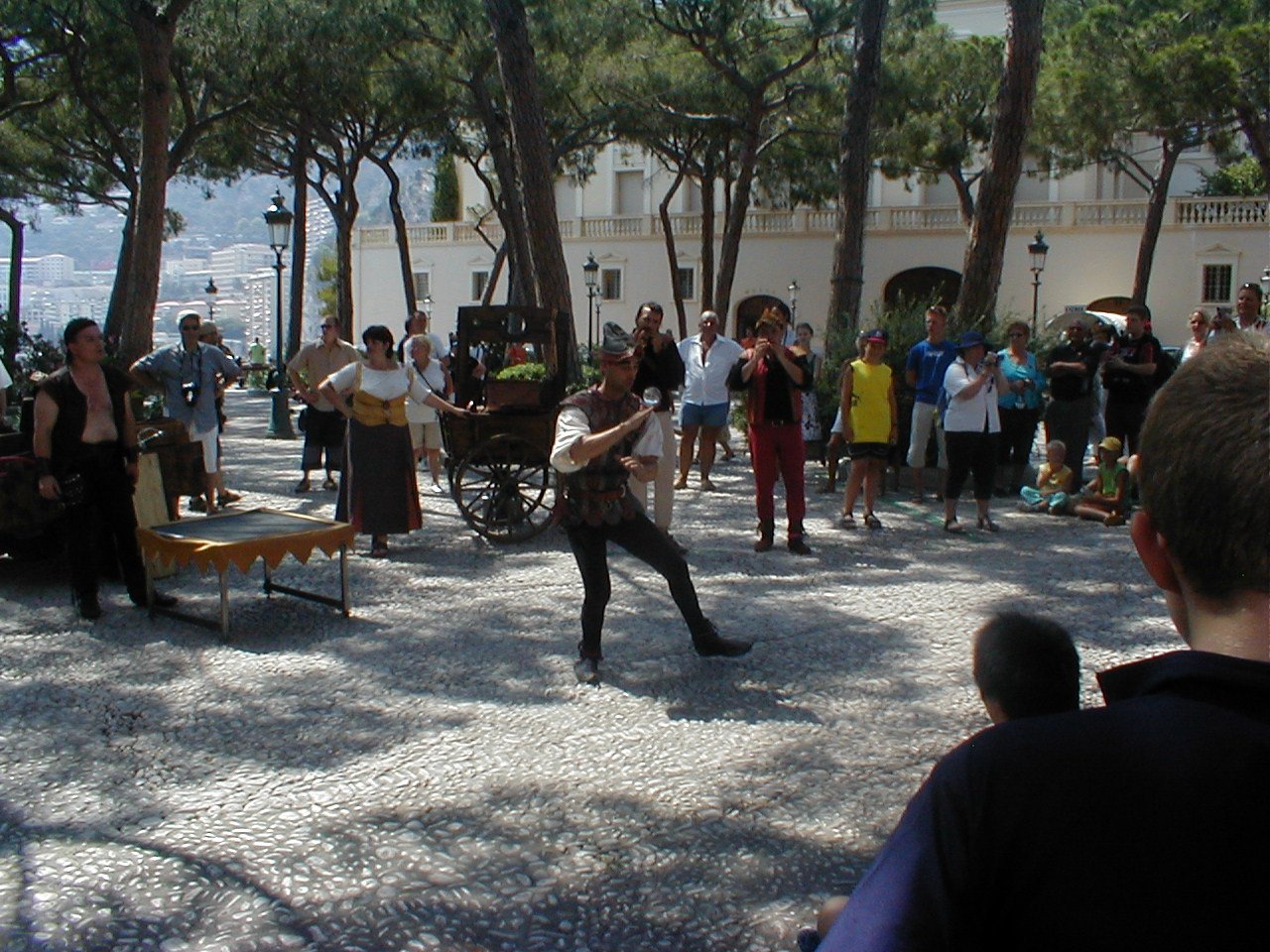
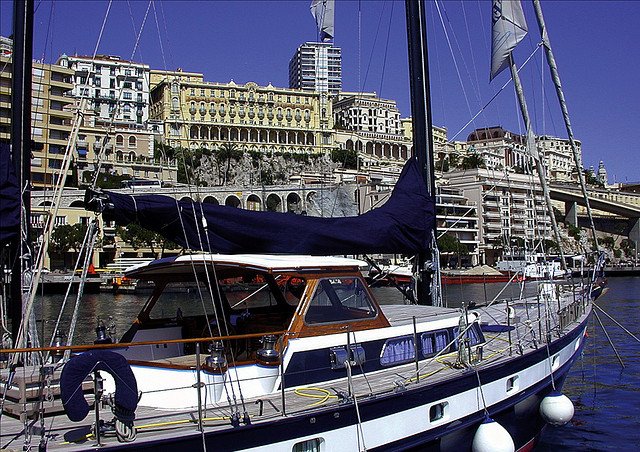
General Information
For centuries, Monaco has been a desirable target for the Genoese, the French and the Spanish. Therefore, the rulers were always concerned to have the rock of Monaco fortified, for which purpose a castle was built on top in the 13th century at the very beginning of the reign of the Grimaldi family. Prince Honoré II (1597-1662) took the first steps to turn this fortified castle into a palace. All the military fixtures were retained, but the inner chambers were remodeled for more comfortable living. Picture galleries, comfortable furniture and precious utensils were added. Later the palace was repeatedly restored and modernized.
.Among the private chambers of the ruling family is a very beautiful gallery in the Italian style, decorated with wall paintings, salons, throne room, where since the 16th century. held all the ceremonies. In the south wing of the palace there is the Napoleonic Museum and Archives, where collections of postage stamps and coins of Monaco since 1640 and historical documents of the Principality since the 13th century are kept, among which is the Charter of Independence signed by Louis X. The library at the princely palace has over 120,000 volumes. The palace offers a beautiful view of the harbor and the coast. Every day at 11.55 a.m., the changing of the guard ceremony can be observed in the square in front of the palace, surrounded by a battery of cannons cast in the Louis XIV era.
.
Attractions
At the northeastern end of the cliff stands an early 18th century fortress, the Antoine Fort, built by Prince Antoine I, an avid music lover. The fort is now used as an outdoor theater for 350 spectators. The old town (Vieille Ville) is very small: the square Bosio (Bosio) is named after Napoleon’s personal sculptor, a native of Monaco, the square Saint-Nicolas (Saint-Nicolas), the gardens of Saint-Martin (Saint-Martin), the chapel Paix (Paix). There are preserved residential houses of 16-18 cc. On the square of the City Hall in the Old Town there is the Chapelle de la Misericorde (Chapel of Divine Mercy), built in 1635 as a place for meetings of the Brotherhood of Penitent Sinners. The first rector of the church was Prince Honoré II. The chapel contains a wooden sculpture of Christ by the Monegasque Francis-Joseph Bosio, the official sculptor of Emperor Napoleon I.
.
On the site of the ancient church of St. Nicholas (Saint-Nicolas) 13 century, from which survived the altar, painted in the 16th century. artist Louis Brea, was erected a white-stone cathedral (Cathedrale de Monaco) (1874-1898, architect Ch. Lenorman) in the pseudo-Dorman style. The columns are made of granite and porphyry of various shades, and the altar is made of Carrara marble. The domed mosaic of the temple is very beautiful. Members of the Grimaldi family are buried in the cathedral. In the Gardens of St. Martin (Jardin Saint Martin) among pine trees, agaves and aloes there are fountains and bronze statues, one of them is a monument to Prince Albert I. The gardens in the Old Town offer a beautiful view of the sea. The Oceanographic Museum (Musee Oceanographique) is one of the main attractions of the area. The museum was opened in 1911 (the modern building was built in 1910, architect Delefortree) on the initiative of Prince Albert I, a member of the French Academy and a passionate oceanographer. The Oceanographic Museum is the scientific base of the International Institute of Oceanography in Paris. Many scientists from all continents work here. Jacques-Yves Cousteau was the director of the museum for many years. The museum library has over 30 thousand volumes.
.
On the first floor of the museum there is an exposition of marine vessels and submarines, as well as an exhibition of marine fish and mammals. In addition, there is a huge aquarium museum with more than 9 thousand fish of 350 varieties in 90 huge aquariums. In 2001 a new huge aquarium with a volume of 450 cubic meters was opened. In this real lagoon the deep-sea flora and fauna of the tropical waters are presented. The new attraction is characterized by a giant reef, recreated in the aquarium in life-size and giving visitors the feeling of the real sea.
.
At the Musee du Vieux Monaco (Museum of Old Monaco), the National Committee of Monegasque Traditions displays collections of objects that tell the history of Mount Monaco: paintings, books, ceramics, old photographs, costumes, and everyday objects. And the Museum of Wax Figures of the Princes of Monaco (Historial des Princes de Monaco. Musee de Cires) reflects episodes of the history of the Grimaldi dynasty from the end of the XIII century to the present day. The wax figures are life-size and many of them are dressed in authentic costumes of different epochs. Monaco is also home to a weather station and a seismological observatory.
.La Condamine, a district and port in Monaco, on the shores of the Ligurian Sea (part of the Mediterranean Sea). It is located in a small bay, between the rocky promontories of Monaco and Monte Carlo. La Condamine is home to the majority of the country’s population – about 10 thousand people. It is a resort and a center of tourism. In this area is concentrated the business life of Monaco, here are the main shopping districts and industrial enterprises of the country (brewery and flour mills, confectionery, weaving and clothing factories, souvenir production, ship repair yard, printing house). The national library and stadium are located here.
One of Monaco’s most famous attractions is the Jardin Exotique, which is located on a mountain slope. Several thousand species of tropical plants, thanks to Monaco’s microclimate, bloom lushly at any time of the year. At the foot of the slope is the entrance to a deep grotto with stalactites, stalagmites and limestone formations, enlivened by skillful illumination. The Musee Anthropologie Prehistorique (Anthropological Museum of Prehistory) was founded in 1902 by Prince Albert I. It contains exhibits from excavation sites in the immediate vicinity of Monaco and from Italian Liguria. The museum’s exhibits trace the most important stages in the history of the emergence and formation of man.
>The Fontvieille district is located in the west of Monaco. The entire coastal part of this district is an artificially created reclaimed area. The 4 hectare landscape park (Parc Paysager de Fontvieille) has a huge collection of plants from all corners of the world, planted around ponds inhabited by ducks and swans. One part of this park is the Roseraie Princesse Grace, opened in 1984 and dedicated to Princess Grace, wife of Prince Rainier III, a great lover of flowers. Of the more than 5,000 rose bushes, more than 150 species are unique varieties.
.
The exhibition of the Maritime Museum (Musee Naval de Monaco) presents the history of shipbuilding. The collection includes about 180 models of famous sea vessels from transatlantic liners to military vessels. The Collection de voitures anciennes de S.A.S. le Prince de Monaco (Collection de voitures anciennes de S.A.S. le Prince de Monaco) contains about 100 old cars of the most prestigious brands. On the southern slope of the Monaco cliff a zoological garden was laid out and opened in 1954 by Prince Rainier III, where numerous species of tropical and African fauna are kept. The 20,000-seat Stade Louis II (Stade Louis II), where the local soccer team trains, was opened in 1985
.